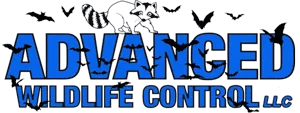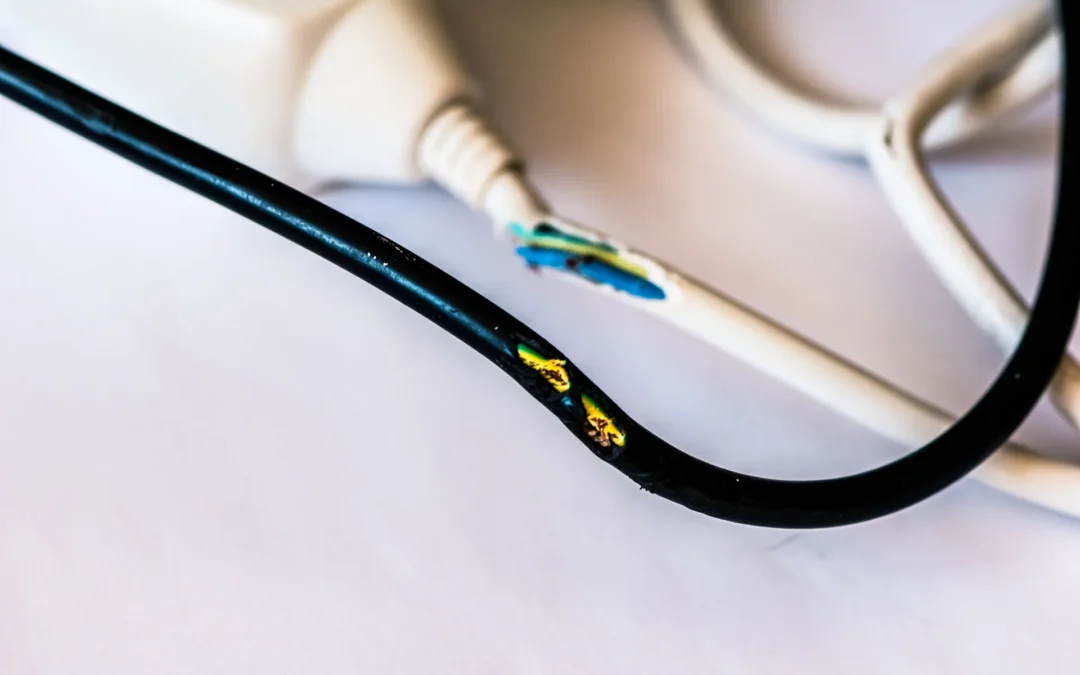Nuisance Animals and Fire Safety
In the picturesque landscapes of Springfield, MO, where the splendor of nature envelops our daily lives, it’s all too easy to forget that not all creatures share our ideals of peaceful coexistence. The presence of nuisance animals, though often underestimated, carries the potential for severe consequences, including the initiation of destructive fires.
While wildlife undoubtedly plays a pivotal role in our local ecosystem, there are instances when their proximity to human habitats transforms into a precarious situation. This is not merely about peaceful coexistence; it’s about acknowledging the lurking perils that manifest when wildlife encroaches upon our daily lives.
Nuisance Animals and Fire Safety
Among the rogue elements of the animal kingdom, rodents invariably assume a prominent position. Creatures like rats and mice, though diminutive in stature, wield a destructive power with their nesting habits. They adeptly infiltrate our homes, seeking shelter in the most secluded corners. In doing so, they unveil a rather disconcerting affinity for electrical wires. These seemingly innocuous creatures embark on a relentless mission, gnawing through wires with impunity, ignorant of the havoc they may unleash. The dire consequence of a single gnawed wire is the initiation of a catastrophic short circuit, an incendiary spark that can trigger a devastating fire.
However, rodents are not the solitary culprits in this unfolding saga. Squirrels, graced with an endearing charm, too, harbor their own brand of mischief. These agile creatures possess a penchant for chewing various materials and an insatiable yearning for a snug nesting place. Their determined forays into our attics, garages, and other structures result in grievous outcomes. As they seek comfort, squirrels frequently chomp on wires, insulation, and other materials. What ensues is a recipe for disaster, as their relentless gnawing renders wires vulnerable to sparking and eventual combustion.
Birds, though they adorn our skies with elegance, can unwittingly become accomplices in this perilous narrative. They infiltrate vents, chimneys, and even electrical equipment. The treacherous element here resides in their nesting habits, which can swiftly escalate into a potential fire hazard. Blockages within ventilation systems, wrought by bird nests, lead to severe overheating, culminating in ignition.
Raccoons, renowned for their curiosity and at times destructive tendencies, also factor into this narrative. Their inquisitive behavior can lead to accidents involving candles or other fire hazards. While their actions may not be inherently malevolent, the ramifications can be cataclysmic.
The Telltale Signs: Detecting Intruders Before Disaster Strikes
To avert disaster, it is paramount to recognize the presence of these nuisance animals before they unleash destruction. There exist subtle yet discernible signs that vigilant homeowners can discern:
- Audible sounds of movement within walls or attics, often more pronounced during the stillness of night.
- Visible evidence of damage inflicted upon wiring or electrical equipment, characterized by gnaw marks and frayed wires.
- The telltale remnants of nesting materials, including twigs, leaves, and insulation.
- The presence of droppings or tracks, indicating that unwelcome guests have established residence within your home.
Prevention And Safeguarding Techniques: Constructing A Fortress Against Intrusion
In the ongoing battle against these nuisance animals, prevention assumes a paramount role. Let’s meticulously dissect these safeguarding techniques, leaving no stone unturned:
Conducting periodic inspections of your home and building stands as the foremost line of defense. Pay meticulous attention to regions where these creatures gravitate. Attics, basements, and crawl spaces constitute prime targets for their incursions. A regimen of regular, comprehensive examinations of these spaces becomes indispensable in detecting early signs of infestations.
The fortification of entry points serves as a pivotal strategy in thwarting the advances of these creatures. Seal with utmost diligence any cracks or gaps in your home’s exterior that may serve as potential ingress points. Employ the installation of robust barriers or screens over vulnerable locations, such as attic vents and crawl space openings, to dissuade wildlife from gaining illicit access.
Given the indispensable role that electrical wiring plays in our lives, the adoption of precautions becomes imperative. In regions susceptible to infestations, contemplate the application of rodent-resistant wiring. This specialized wiring is engineered to withstand the relentless gnawing tendencies of nuisance animals. Moreover, the organization and protection of your wiring infrastructure can substantially mitigate the risk of chewed wires becoming conduits for sparks and potential fires.
Perhaps one of the most potent strategies for preventing wildlife intrusion is the strategic denial of access to food sources. Properly storing food in airtight containers leaves no lingering scent to entice these creatures. Adhere unwaveringly to a regimen of rigorous garbage disposal and invest in secure compost bins, dissuading unwanted visitors seeking an unearned repast.
The Role Of Professional Wildlife Removal: Experts In The Arena
While preventative measures wield undeniable significance, there arise instances where professional intervention assumes an unassailable imperative. Our trained experts in wildlife removal boast a wealth of knowledge and experience to accurately assess the extent of an infestation. Their skillset transcends mere removal; they employ techniques that are both safe and humane, ensuring the problem is addressed effectively. Furthermore, their acumen in identifying potential fire risks remains an invaluable asset in the battle against these intruders.
If you’re concerned about wildlife issues Advanced Wildlife Control is here to help. From raccoon removal to bat exclusion, our experts have you covered. Let’s protect your home from unwanted critters and ensure the safety of your family.

